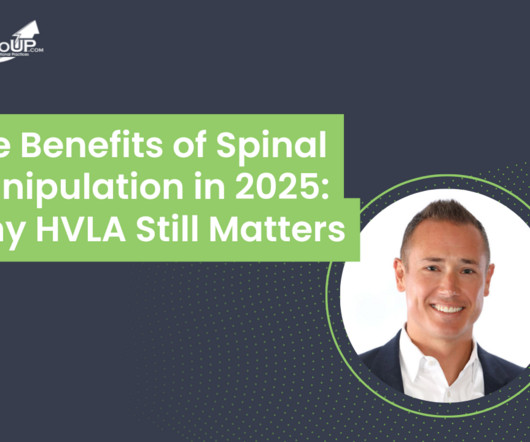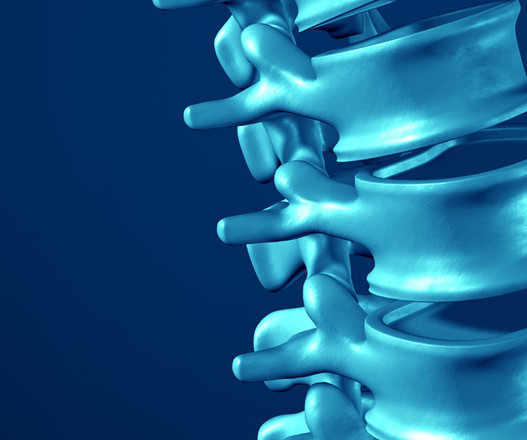The Benefits of Spinal Manipulation in 2025: Why HVLA Still Matters
ChiroUp
FEBRUARY 14, 2025
Whether you're a clinician looking to refine your technique or a patient curious about whats happening when you hear that audible release, this deep dive will provide clarity on the powerful impact of spinal manipulation. Heres an easy-to-follow blog with actionable strategies to help you better support your patients in your office today.












Let's personalize your content